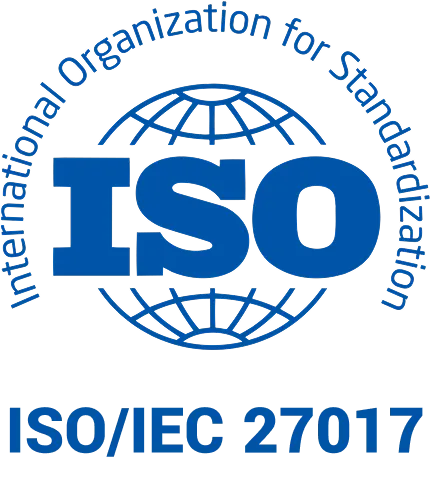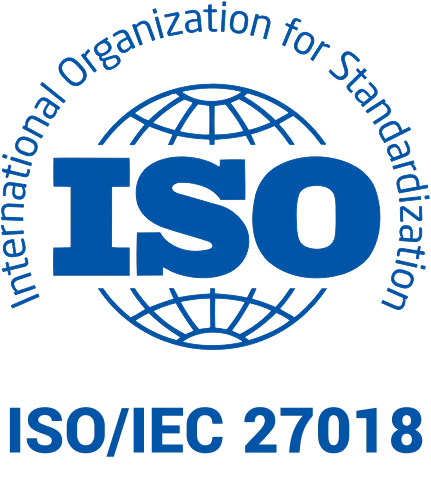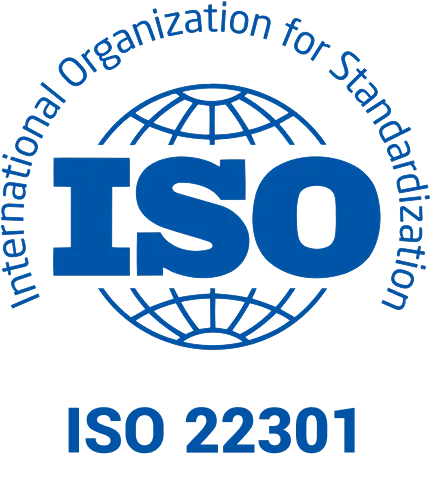
Best practices for the new employee onboarding process
The first day at work: Crucial for employee adaptation. The first day at work is crucial for helping employees adapt to their new roles. Proper preparation of a new employee significantly influences their ongoing effectiveness. The importance of adaptation cannot be overstated—a well-executed process greatly impacts their satisfaction, engagement, and motivation. Despite its critical role, employee adaptation is sometimes entirely overlooked. Why is proper adaptation of a newly hired employee so important? We explain!
4 stages of employee onboarding
Pre-onboarding
Pre-onboarding involves preparing the new employee for their first day by sending essential information such as the onboarding schedule and plan. During this period, the employee is also welcomed.
Introducing the new employee
The first day at work is a time for introducing the employee to the organization and the initial days of adaptation, during which they become familiar with processes, systems, and other key aspects.
Onboarding training
Onboarding training aims to integrate the employee into their specific tasks in the new role. Training is a key component of the onboarding process.
Monitoring the adaptation process
The adaptation period varies for each individual. Therefore, it is important to track the effectiveness of the adaptation process and improve the onboarding of new employees.
Onboarding training: Presenting an effective adaptation process
Effective employee onboarding is not just about the first day but also the subsequent days. Good onboarding encompasses tools and methods that help the new employee better understand their role, company procedures, and organizational culture. It is also crucial to include role-specific onboarding, ensuring the employee is well-prepared for their daily responsibilities.
A good onboarding process aims to integrate the new employee with the team, introduce them to the company’s structure, and familiarize them with the organization’s culture and values. It should be thoughtfully designed and tailored to the individual needs of the employee. In this context, adaptation tools such as training sessions, webinars, team meetings, mentoring, and educational materials play a crucial role. For example, onboarding training might include presentations on the company’s mission and vision, an overview of policies and procedures, safety and health training, and meetings with key team members. All this helps the employee understand how the organization operates and how their work contributes to the company's overall success.
The onboarding process and the role
On the other hand, role-specific onboarding focuses on the specific tasks and responsibilities the employee will perform daily. In this process, it is important for the employee to learn about their specific tasks, technologies, tools they will use, and the expectations of their employer and colleagues. Various methods can be employed, such as practical training, workshops, shadowing experienced employees, or access to detailed job descriptions and procedures.
Effective onboarding, which includes both general aspects and role-specific elements, is crucial for preparing employees for their daily tasks, integrating them into the team, and understanding how their specific actions contribute to the success of the organization. As a result, a comprehensive onboarding process can significantly enhance employee satisfaction and engagement, as well as their effectiveness and productivity.
Adaptation programs: How to onboard employees
Adaptation programs are structured plans that cover the stages of employee adaptation. Preparing such an adaptation plan is a task for both the HR department and the new employee’s direct supervisors. These programs should keep in mind that onboarding should be tailored to the individual needs of the employee.
How long does the adaptation process last?
The duration of employee onboarding varies and depends on factors such as the complexity of the role, experience, and organizational culture. It is important for each employee’s adaptation process to be appropriately planned and monitored.
Onboarding efficiency and employee effectiveness: Understanding the relationship
The efficiency of onboarding a new employee is undoubtedly one of the most important factors influencing employee effectiveness. A well-executed onboarding process is not only the foundation for long-term employee satisfaction and engagement but also a basis for their productivity and effectiveness at work.
Indeed, the onboarding process should be carefully planned and executed. When a new employee joins an organization, there are many aspects they need to understand: the company culture, organizational structures, job responsibilities, tools and technologies they will use, and even team dynamics. All of this requires time, attention, and an effective onboarding process.
Onboarding: The first days of adaptation are key
The first days of adaptation are crucial as the new employee forms their initial impressions of the company. By effectively introducing the new employee, the company demonstrates that it values its staff and is ready to invest in their development. This attitude from the outset can contribute to building loyalty and engagement. Therefore, it is important for the onboarding process to include both general company orientation and role-specific training that focuses on the tasks and skills required for the position.
Effective onboarding, and thus employee adaptation, should also be flexible to accommodate the individual needs and learning styles of new employees. Every employee is different, and what works for one may not work for another. Thoughtful adaptation tools, such as individual onboarding plans, mentoring sessions, or e-learning, can aid in effectively integrating the new employee.
Main benefits of employee onboarding
Onboarding new employees is an investment that brings numerous benefits—it leads to greater engagement, better performance, and reduced employee turnover. Employees who go through a structured onboarding process often feel more integrated and understood.
On-the-job adaptation
An important aspect of onboarding is on-the-job adaptation, which allows employees to quickly and effectively adjust to their role’s specifics. This helps not only in executing tasks effectively but also in building relationships with the team and understanding the organizational culture.
Often overlooked aspects of onboarding
It is often forgotten that the employee onboarding process is not just about knowledge transferred from employer to employee. It is also an opportunity for remote employees to ask questions, express concerns, and receive support. Onboarding should also include introducing the new employee to the company culture, including its customs and values. Every company has its unique culture, and understanding it is essential for every new employee.
In summary, the process of employee adaptation, or onboarding, is crucial for employee effectiveness and satisfaction, as well as for their long-term engagement with the organization. Properly preparing new employees through both general onboarding and focused role-specific training enables them to adapt more quickly and effectively to their new work environment. A well-thought-out onboarding process, which considers individual needs and learning styles, can significantly contribute to employee productivity and job satisfaction. Whether it’s the first day, the first few weeks, or the first months, a well-planned and executed onboarding process is key to the long-term success of the company. For this reason, every organization should invest in effective adaptation programs to ensure both employee satisfaction and the achievement of business goals.




































